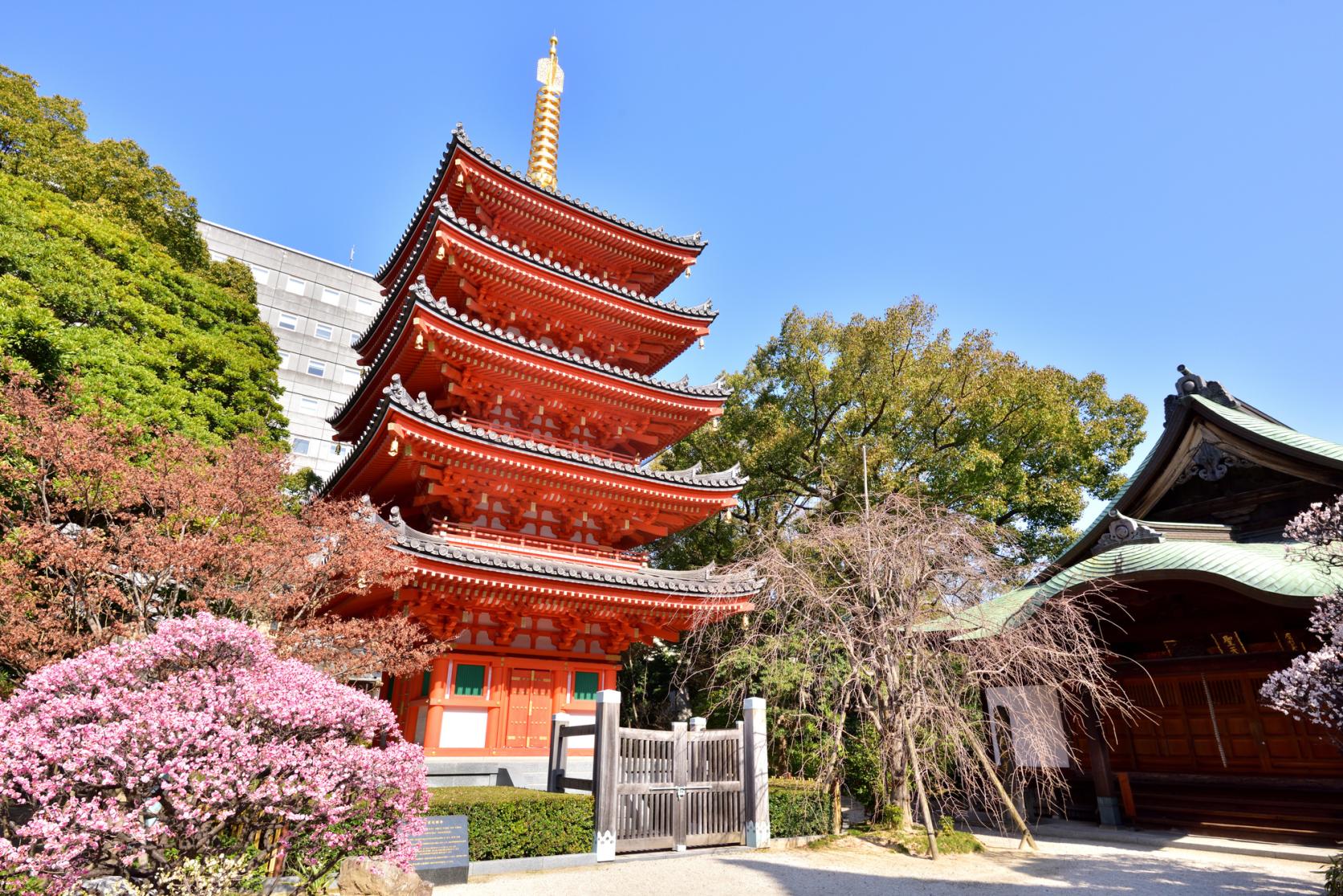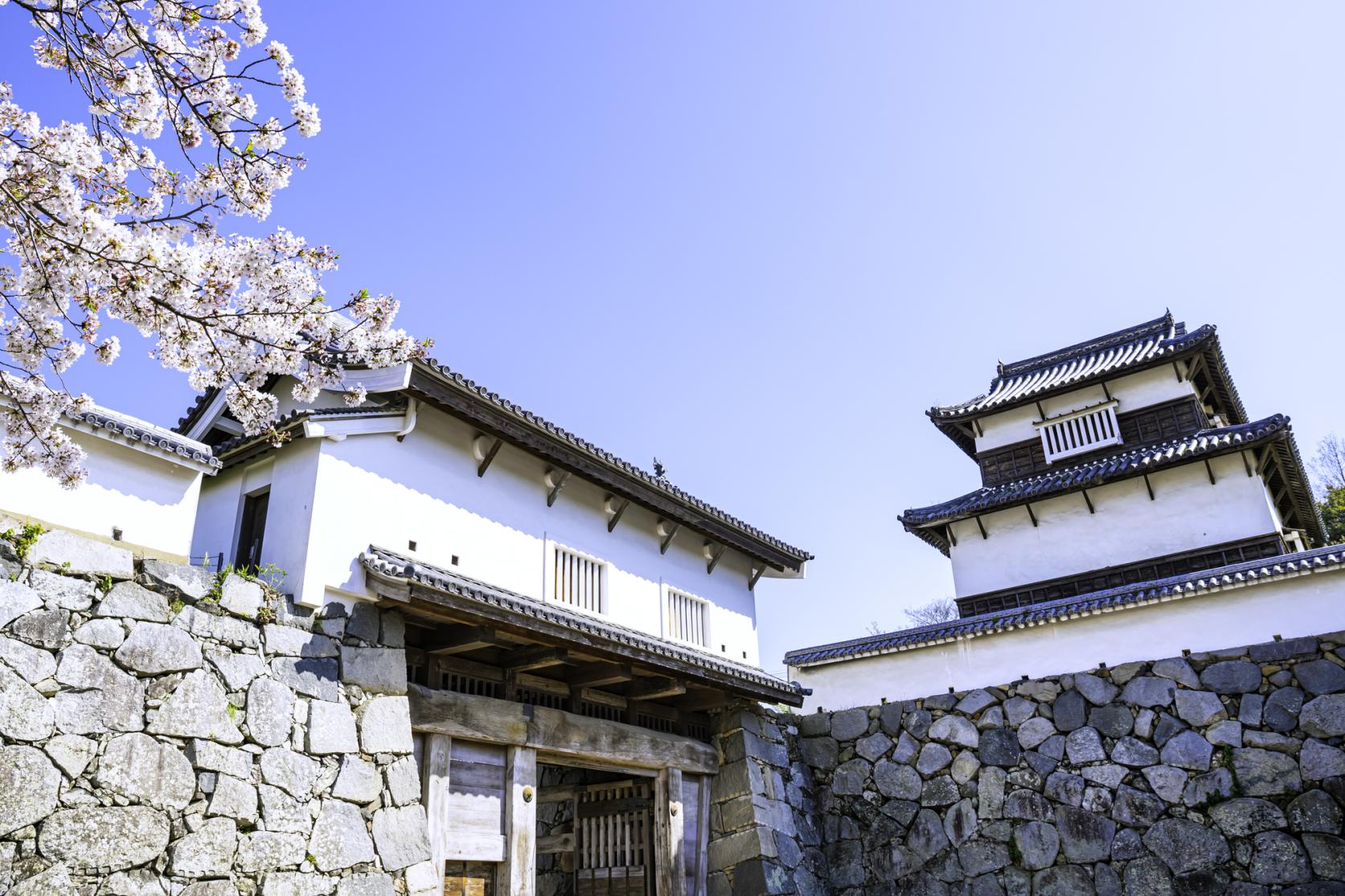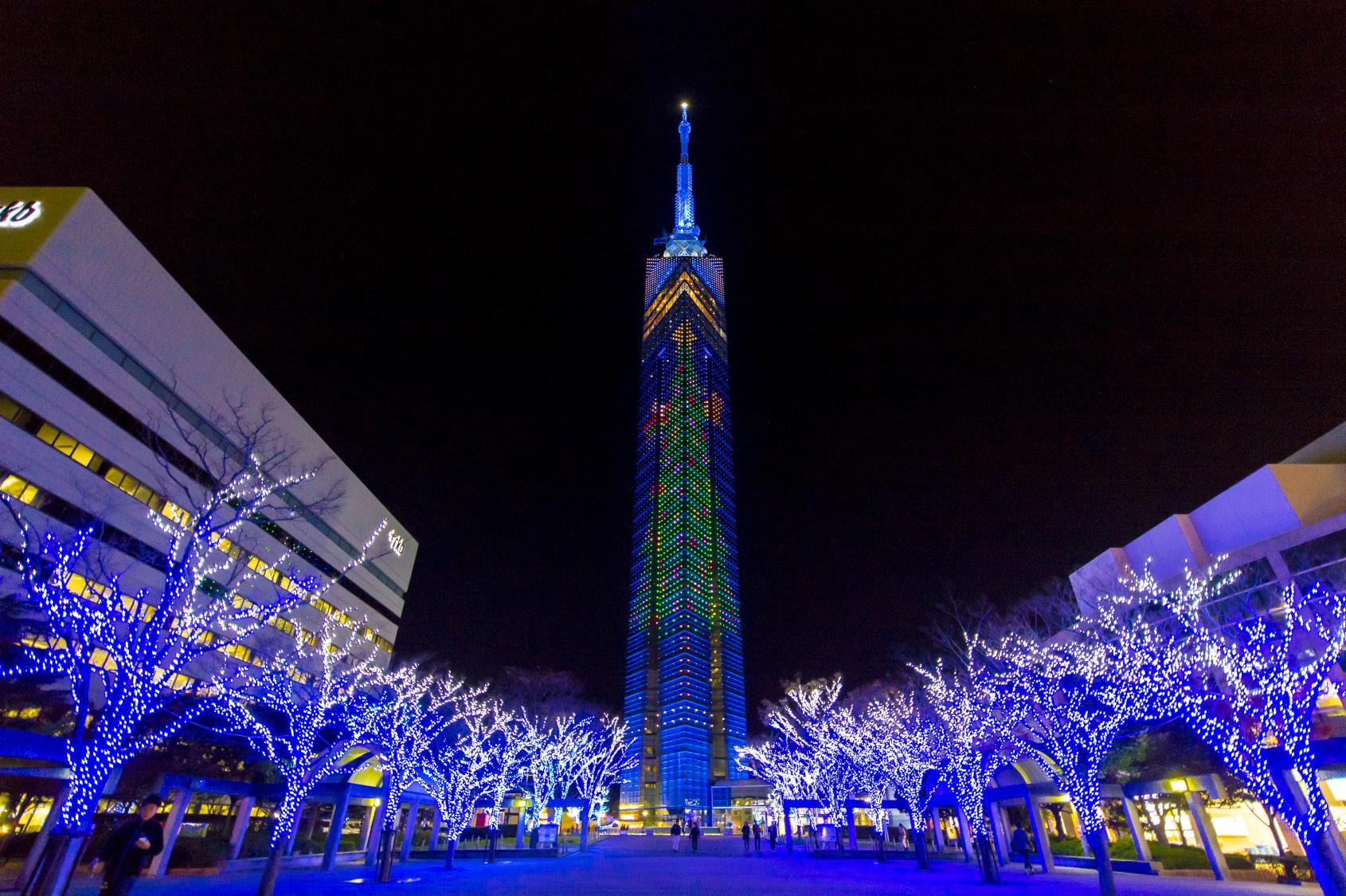Fukuoka Uncovered: How to Travel for FREE with Maya
I have been to Japan a couple of times already but it’s always either Tokyo or Osaka. I’m super curious about other prefectures and one of them is Fukuoka.
Fukuoka Prefecture, the southern metropolis of Japan and the entry point to Kyushu, is home to the two main cities of Kyushu, Fukuoka and Kita-Kyushu. Make sure to sample the seasoned cod roe (mentaiko) and tonkotsu ramen at one of the many food stands in the main cities.
Zen Buddhist temple in Japan, Shofukuji, the soothing hot springs in the Chikushino district, and more, all despite its metropolitan setting. Alternatively, you might wander around the Moji-ko Retro District, which has a large number of Meiji-era buildings that have been maintained.
If you go during Golden Week in early May, you can see the Hakata Dontaku festival.
If I were to travel to Fukuoka soon, here are the things that I will do.
1.Visit Tochoji Temple
Home of the biggest sitting Buddha image seen in Japan made of wood. Kobo-daishi Kukai established Tochoji Temple in 806, making it the oldest Shingon temple Kobo-daishi established in Japan. Another name for it is "Tocho-mitsuji Temple." It is said that Kobo-daishi prayed for the spread and continuation of Shingon Esoteric Buddhism eastward after completing ascetic training in Tang, China, in the past and returning to Hakata.
2.Shop at Kawabata-dori Shopping Arcade
The 400-meter arcade on Hakata's oldest commercial street is lined with roughly 130 stores. This is a typical Hakata walking tour, with gift shops offering traditional Hakata ningyo dolls and other souvenirs, Yamakasa specialty shops, Genkai-nada sea products, and ramen shops among the shops. You can savor delicious Kawabata zenzai (redbean soup with mochi) at the arcade's event room on Fridays, Saturdays, Sundays, and other days when special events are hosted.
3.Visit Fukuoka Castle Ruins
The lord in charge of the Chikuzen feudal domain, Kuroda Nagamasa, constructed Fukuoka Castle in the seventeenth century. It was constructed to aid Tokugawa Ieyasu, his ally, in the Sekigahara fight, which Ieyasu ultimately prevailed in. Fukuoka Castle's stone walls were constructed by architect Noguchi Kazushige, whose work on the Osaka and Edo Castles was well-known. Another well-known feudal lord, Kato Kiyomasa, praised his skillful craftsmanship and named the building "Seki-jo" (Stone Castle) in honor of his achievement. Up until 1870, when the country moved away from the feudal system and the Meiji Era began, the Kuroda clan ruled over the castle.
During the Edo Period, Fukuoka Castle was the largest castle in all of Kyushu. However, in an effort to eradicate all traces of the Japanese feudal system, it was destroyed and left to ruin during the Meiji Restoration.
The best-preserved portions of the moat system can be found along the northern portion of the park and in front of the lake in neighboring Ohori Park. The remnants of the castle are primarily made up of gates and guard towers. Beneath the castle grounds, there are additional ruins of a former foreign guest house that was originally discovered in 1987. Only the guest house in Fukuoka exists of the three that were originally established in Japan for the sake of foreign trade.
4.Visit Kyushu National Museum
Being the first national museum to operate on the island of Kyushu and the fourth national museum in Japan, this museum made history when it opened its doors in 2005. The goal of the Kyushu National Museum is to depict Japanese history from an Asian perspective because Dazaifu, the area where the museum is situated (near Dazaifu Tenmangu Shrine), has a long history of promoting links between Japan and other Asian nations. The locations of the other three national museums are in Kyoto, Nara, and Tokyo.
The major part of the museum is located on the fourth floor, where visitors can explore eleven small exhibitions that cover Japan's history from the Prehistoric Era to the Edo Period. The displays are complemented by a selection of short films that are scattered throughout the space.
The Kyushu National Museum is not only a distinguished national museum but also a venue for a variety of musical events, including jazz and classical performances. The museum also offers tea ceremony demonstrations for individuals who want to immerse themselves in Japanese culture. Furthermore, it should come as no surprise that the museum, a major institution of Fukuoka Prefecture, has a yamakasa float in the weeks preceding the Hakata Gion Yamakasa Festival in July.
5. Dine at Moomin Bakery & Café
The Moomin Bakery & Cafe in Fukuoka Prefecture is a dream come true for fans of The Moomins. You can enter the Moomintroll universe at this cafe and bakery, which is situated in Canal City in Hakata. Your favorite Moomintroll characters, including Sniff, Moominmama, Moominpapa, and of course Moomin, are available for you to sit with in the cafe. The cafe has exquisite décor, complete with tiny items that transport you to Moomin Valley. While they wait for their food, patrons may also enjoy The Moomins, a TV show based on the characters, on a screen.
6. Visit Fukuoka Tower
The Fukuoka Tower, rising 234 meters above the city, makes a striking impression on the landscape. It gives a breathtaking perspective of the city below and has the highest height of any seashore tower in Japan.
It is built to withstand winds of up to 65 miles per hour and earthquakes of magnitude seven. But the tower is capable of other physics-defying feats as well. Fukuoka Tower is known as "The Mirror Sail" because of its triangle cross-section, which is coated in 8,000 half-mirrors.
Three observation decks are available to visitors of the tower: the uppermost, located at 123 meters above ground, has a café and lounge at 120 meters, another at 116 meters, and one at 120 meters. Couples can also put a heart-shaped key on the fence, à la the Parisian bridges, by going to the Lover's Sanctuary.
7. Eat Hakata Ramen
Compared to the traditional shoyu (soy sauce) and shio (salt) types, which originated in Yokohama Chinatown at the end of the 19th century, tonkotsu ramen is actually a more recent invention.
The first tonkotsu ramen was known as "Chinese Soba" and was initially served at a food stand in Kurume, Fukuoka in 1937. Despite having a pig marrow foundation, the broth was initially clear rather than hazy.
The stall owner sold his product to stores in Fukuoka city's Hakata commercial district, where it quickly gained popularity. It was supplied in the 1950s to hardworking laborers in fish markets in post-war Japan by street sellers, or yatai in Japanese. The recipe was inexpensive and provided them with a filling, substantial dinner that would last all day.
The soup broth is the foundation of all good ramen, and tonkotsu is no different. Different from shoyu and shio ramen, this recipe is made with hand-cleaned pork bones. Tonkotsu broth is prepared to a full rolling boil as opposed to a gentle simmer. This is what causes the fat and collagen to dissolve in the bone marrow, giving the area its distinctively milky look.
While every ramen shop has its own proprietary recipe and technique, tonkotsu ramen's base broth is typically made with pork bones, onions, spring onions, pork back fat, and ginger. It is best prepared a day ahead of time to allow plenty of time for the flavors to develop while boiling away (up to 18 hours).
What it I told you that Maya can help you achieve your travel goals to 19 domestic and international destinations this 2024 just by joining their raffle promo?
Currently, Maya has ongoing promotion open to all upgraded users wherein winners will win year-long flights just by completing their missions like depositing savings, borrow money to Maya credit, pay items using Maya wallet or card, buy prepaid load, invest in Maya funds, sending money, cashing in and even just by referring a friend.
There will be 2 winners per month : Top 1 Winner with the highest raffle entries and 1 Raffle Winner among all promo participants.
Winners can choose these selected destinations :
Domestic : Cebu, Davao, Bacolod, Iloilo, Cagayan de Oro, Dumaguete, Roxas, Zamboanga, Manila
International : Ho Chi Minh, Kuala Lumpur, Brunei, Macau, Jakarta, Hong Kong, Singapore, Taipei, Fukuoka, Kota Kinabalu
Promo period is from January 1-February 29,2024.
Full mechanics to the promo can be found here.
What are you waiting for? Join now and get a chance to experience to achieve your travel goals this 2024.











No comments